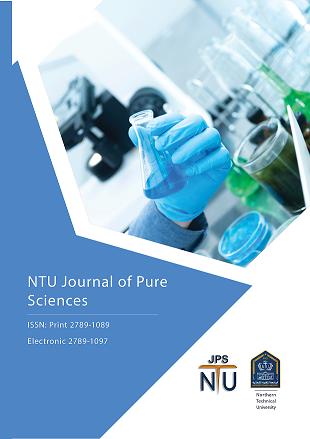Fungal Urinary Tract Infections in Pediatric Age Groups
DOI:
https://doi.org/10.56286/ntujps.v1i3.351Keywords:
UTI, C.albicans, C. Kruzi, YEPD, Antifungal resistanceAbstract
One of the most prevalent and recurring bacterial diseases in kids is urinary tract infections (UTI). At least 8% of girls and 2% of boys are thought to suffer UTIs as children. The fungi are often linked to UTIs, and their antibiotic susceptibility patterns change over time and across various environments. To choose the best empirical antimicrobial therapy, it is crucial to understand the trends of uropathogenic antibiotic resistance in certain geographic areas. Therefore, this research assesses the causal organisms in urine samples and their antibiotic susceptibility profile among patients who visit Mosul's general outpatient department clinic. Due to space restrictions, our research primarily focused on fungus-related UTIs in children (2–12) years old. . Adult infections, reflux nephropathy, catheter-associated and nosocomial infections, medication assessment for particular antimicrobials, and viral and rickettsial infections are only a few examples of the subjects covered. The study intends to close a gap in the literature about how candiduria manifests in pediatric inpatients and outpatients. The current study's objective was to ascertain the prevalence of candiduria among kids visiting External laboratories in Mosul, Iraq. Additionally, isolates' sensitivity to several antifungal medications was taken into consideration.
Downloads
Downloads
Published
Issue
Section
License
The journal applies the license of CC BY (a Creative Commons Attribution 4.0 International license). This license allows authors to keep ownership of the copyright of their papers. But this license permits any user to download, print out, extract, reuse, archive, and distribute the article, so long as appropriate credit is given to the authors and the source of the work. The license ensures that the article will be available as widely as possible and that the article can be included in any scientific archive. Creative Commons License This work is licensed under a Creative Commons Attribution 4.0 International License.





